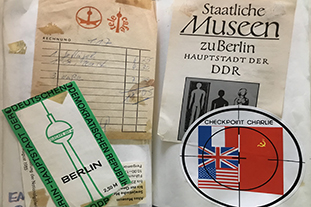Education in Japan: My Trip To Tenri Elementary
This past Monday, my fellow KIIS members and I took the train to Nara to spend the day with students at Tenri Elementary. I was particularly excited, of course, to have the opportunity to actually go into a Japanese classroom and experience firsthand how things are done in a Japanese schools. As an Elementary Education major, I’ve already spent about 50 hours doing observations in schools at home, but I was thrilled to have the chance to interact with the students here, observe their daily routine, and even chat with them (albeit in terribly broken Japanese and English.)
Tenri is a small city near Nara, and the private school campus is home to Kindergarten all the way through University students. Tenri is an elevator/escalator school, meaning that students who are able to enter at the elementary level are exempt from the required middle school exit exams, and they automatically move on to high school. That may not sound like a big deal, but the Middle School exit exam determines the rest of a student’s academic career, and therefore, their lives. It’s a huge ordeal that can make or break the possibility of college for many students- all at the ripe old age of 12.

When we first arrived, we were escorted (after changing out of our outside shoes into indoor slippers!) to a meeting room where we met the school’s principal and several English majors from the adjoining Tenri University who were assisting us as translators. My translator, Yoshimi-San (above) was super sweet, and we had a lot of fun interacting and talking with the students. We were assigned to a second grade class, and I don’t think anything could have prepared me for how polite, adorable, and smart these children were. One brave little boy asked me if I had a boyfriend, and another asked me what was my type of guy. *chuckle* They were a little deflated when I told them I was married, but the girls perked up and started asking about my ring. They also wanted to know what my favorite anime was, and what my favorite thing in Japan was. (Sailor Moon and riding the trains, respectively.)
Everyone raised their hands and waited to be called on. The teacher never had to reprimand or scold anyone for bad behavior. The students cheerfully and compliantly moved from task to task with no resistance. It was such a stark contrast compared to most American classrooms, where teachers struggle with classroom management and keeping their students on task as part of their daily routine. Here? There are no clip-charts, CHAMPS, or popsicle sticks. Instead, there’s a society who raises children to be autonomous from a very young age, who instilled the value of doing what’s best for the group, and who discipline children’s behavior privately and correctly, resulting in children who don’t require the lengths that we must go through in the U.S. just to get through the day’s lesson plans.
What a concept….
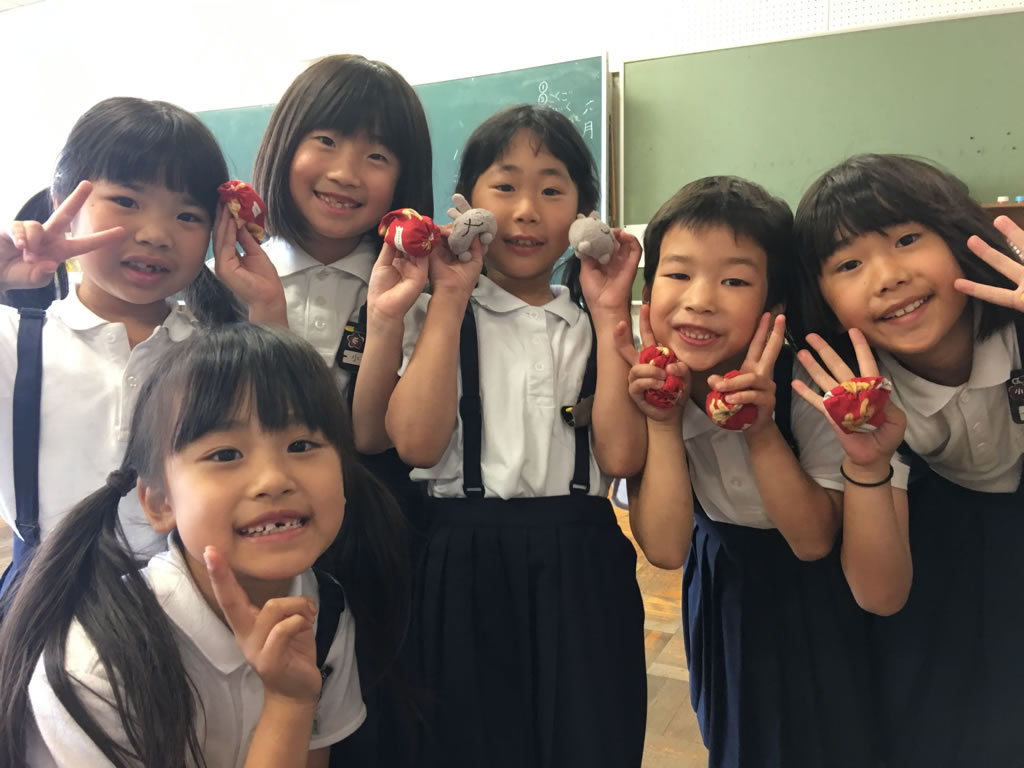
When I say they are taught from young age, I mean it. I see Kindergartners taking the buses and trains by themselves to go to school. While this is a horrifying concept for an American, it’s perfectly normal and relatively safe in Japan. At home, we’re afraid to even let our children play outside without supervision….
Of course, the Japanese education system is not 100% perfect, and there are flaws that probably need to be addressed that won’t be just due to the nature of Japanese society. One of my teachers and I had a discussion about the lack of individualism and creativity for students in the school system here. Hatakeyama-sensed explained, “If the teacher said go right, they go right. It is good that they follow directions, but they don’t know how to think independently to make their own decisions. It’s like they are conditioned to be that way.” While this may be the case, it appeared that at least at Tenri, they are making efforts to allow creative expression through art projects, including unstructured recess (which my fellow teacher-students know I am a BIG proponent of), and crafting like origami and sewing. My class made me SO much origami, I’m still trying to figure out how to get it in my suitcase without crushing it!
Speaking of sewing, you can’t imagine my surprise when I walked into a 4th grade class that turned out to be a home ec class! In 4th GRADE! At home, students take home economics in high school, and even then, only as an elective and usually begrudgingly. Here, 4th graders diligently practice hand-stitching their names with embroidery floss on a small piece of fabric that has instructions printed on it. Japanese names are in kanji, which is difficult enough to write, much less hand stitch! Below, you can also see some artwork hanging outside of the second grade classroom that I visited. They were learning about butterflies (obviously) that day. I just LOVE the variations and creativity displayed!
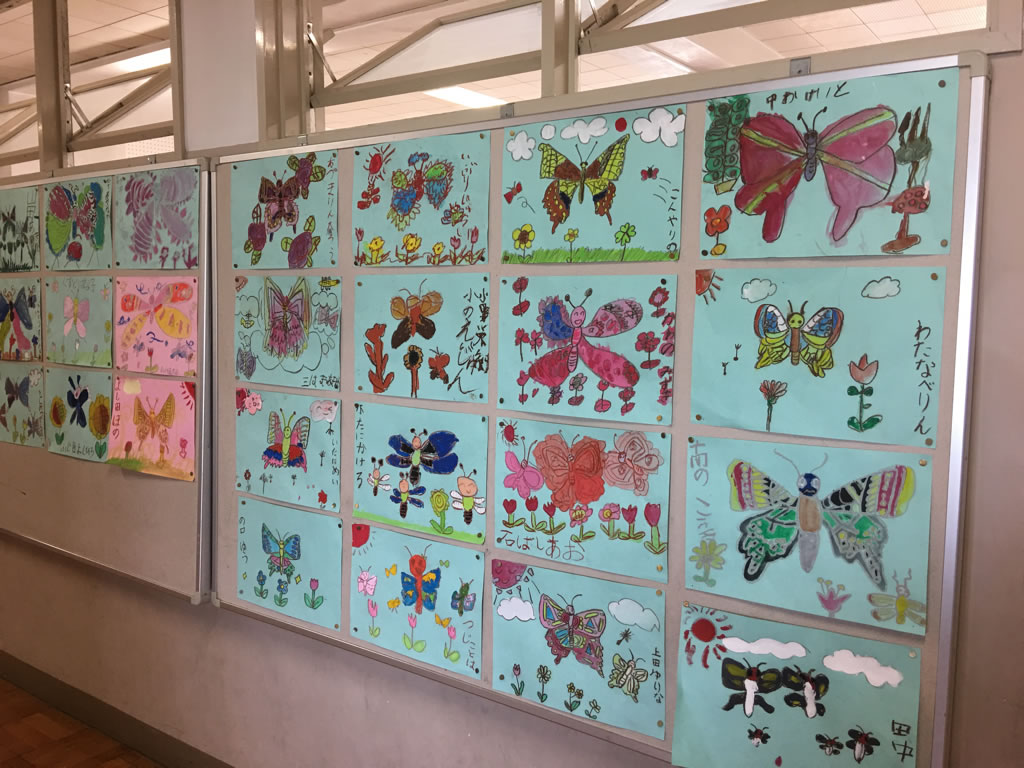
The students of class 2-2 were the highlight of my trip to Japan, and I can’t express how sincerely thankful I am to be able to spend the time with them that I did. I gained so much insight to the Japanese education system, as well as the similarities and differences between Japanese and U.S. schools and cultures. I can’t wait to return home and share what I’ve learned!
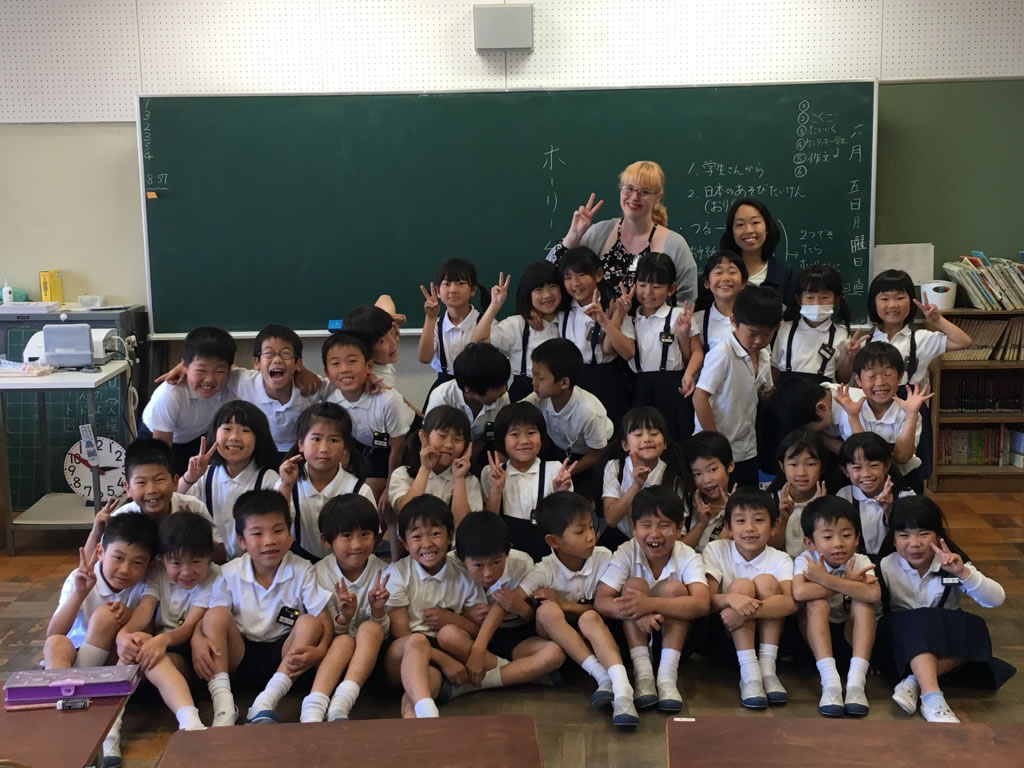
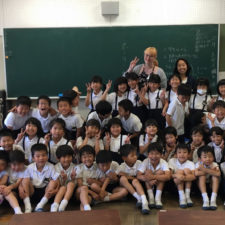
Holly Moore
Japan
Madisonville Community
Want to go on this program?


